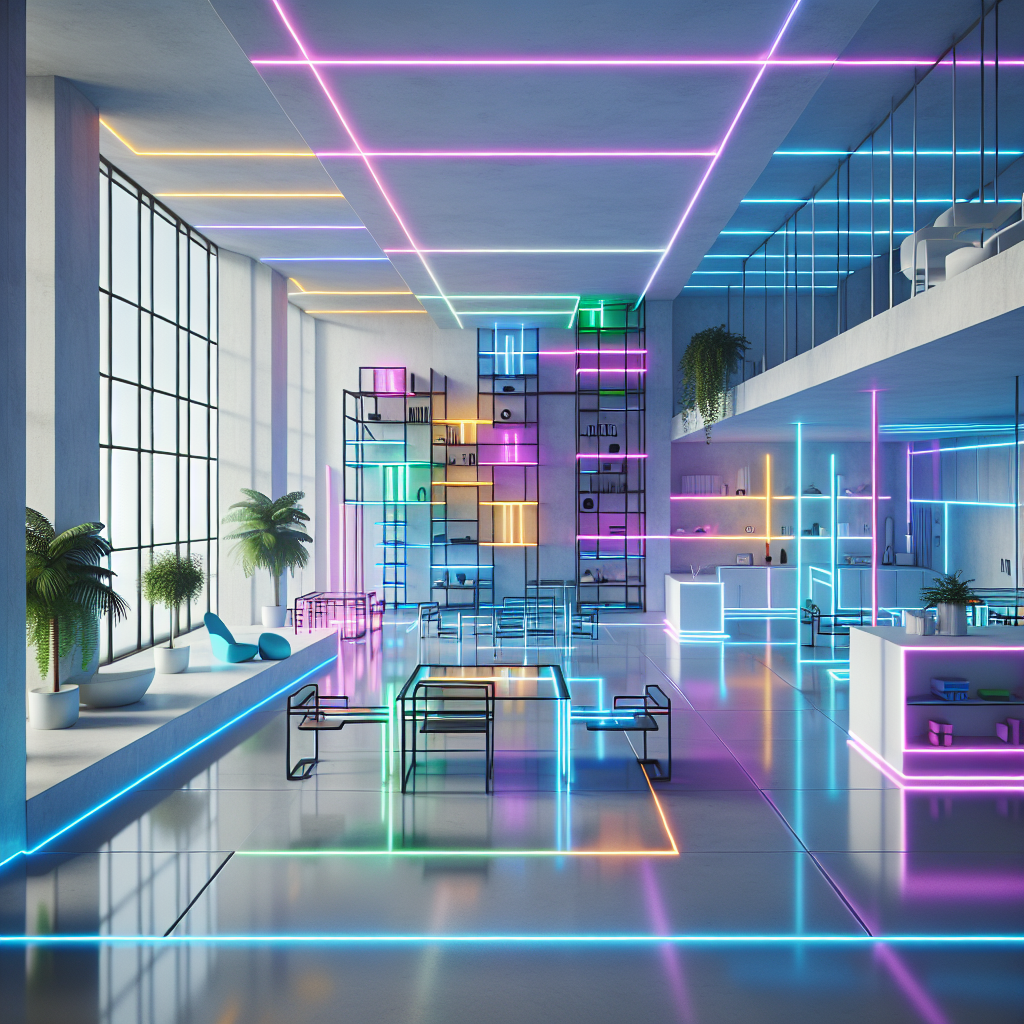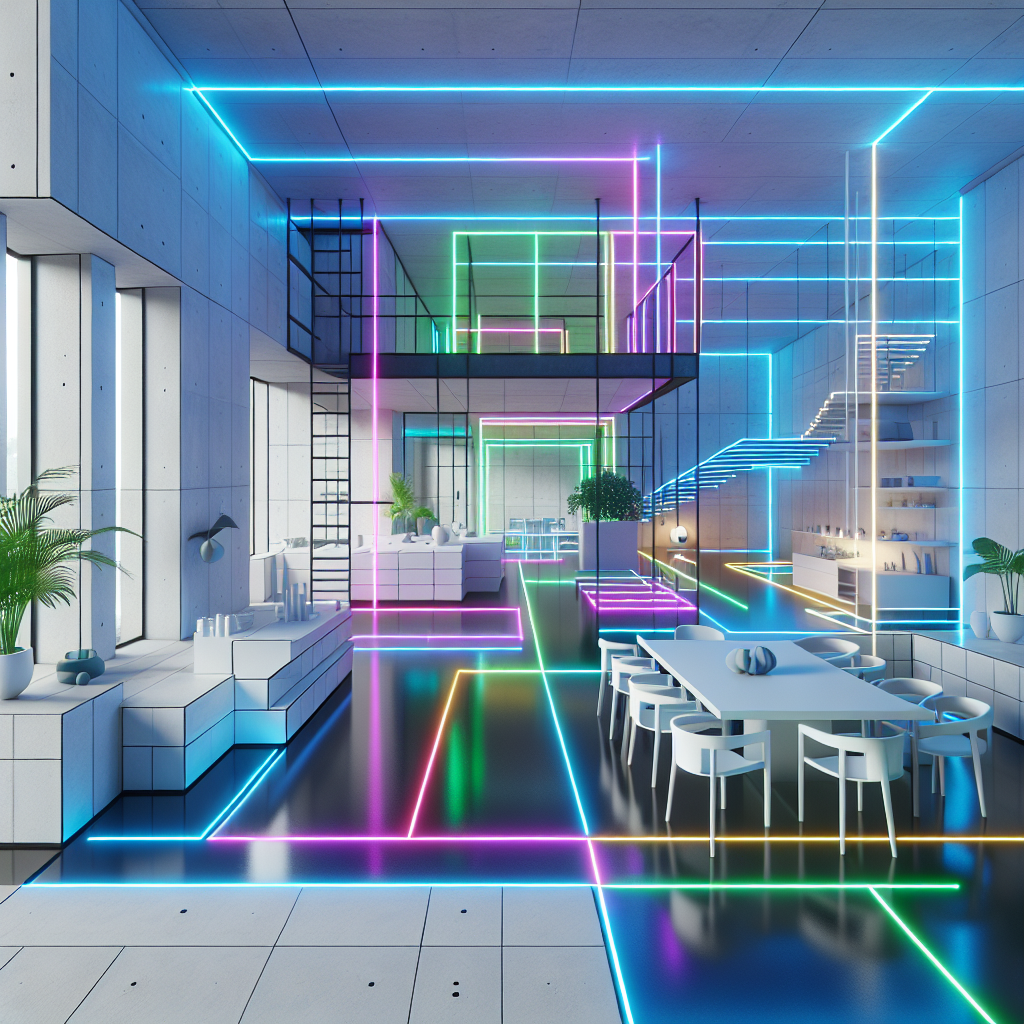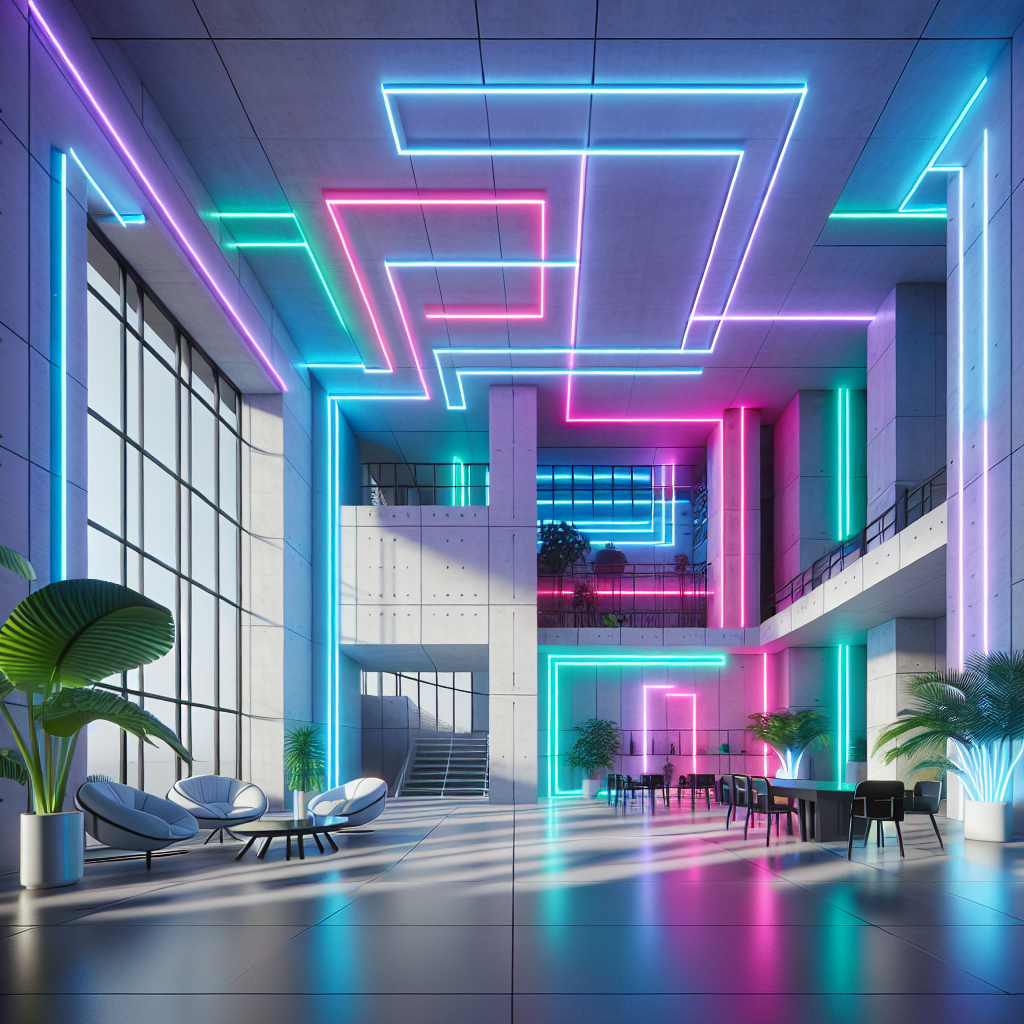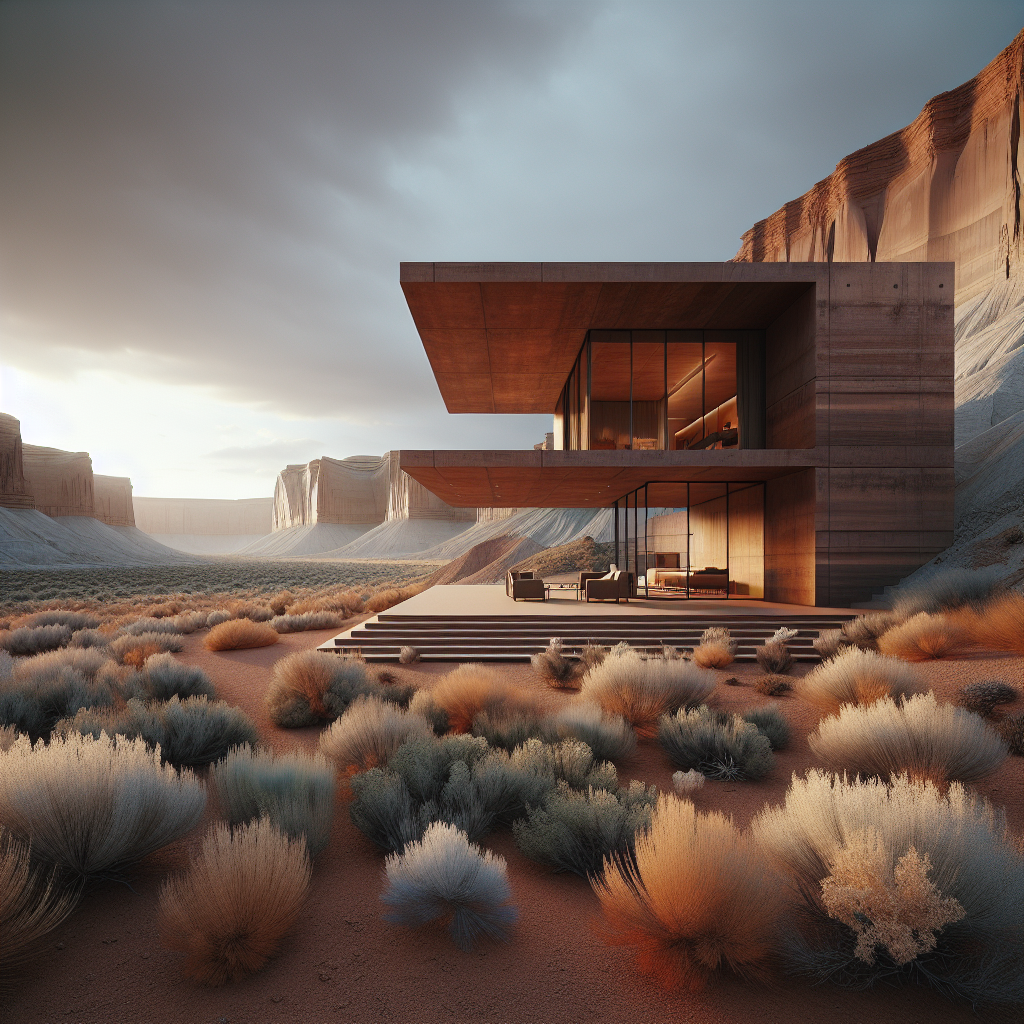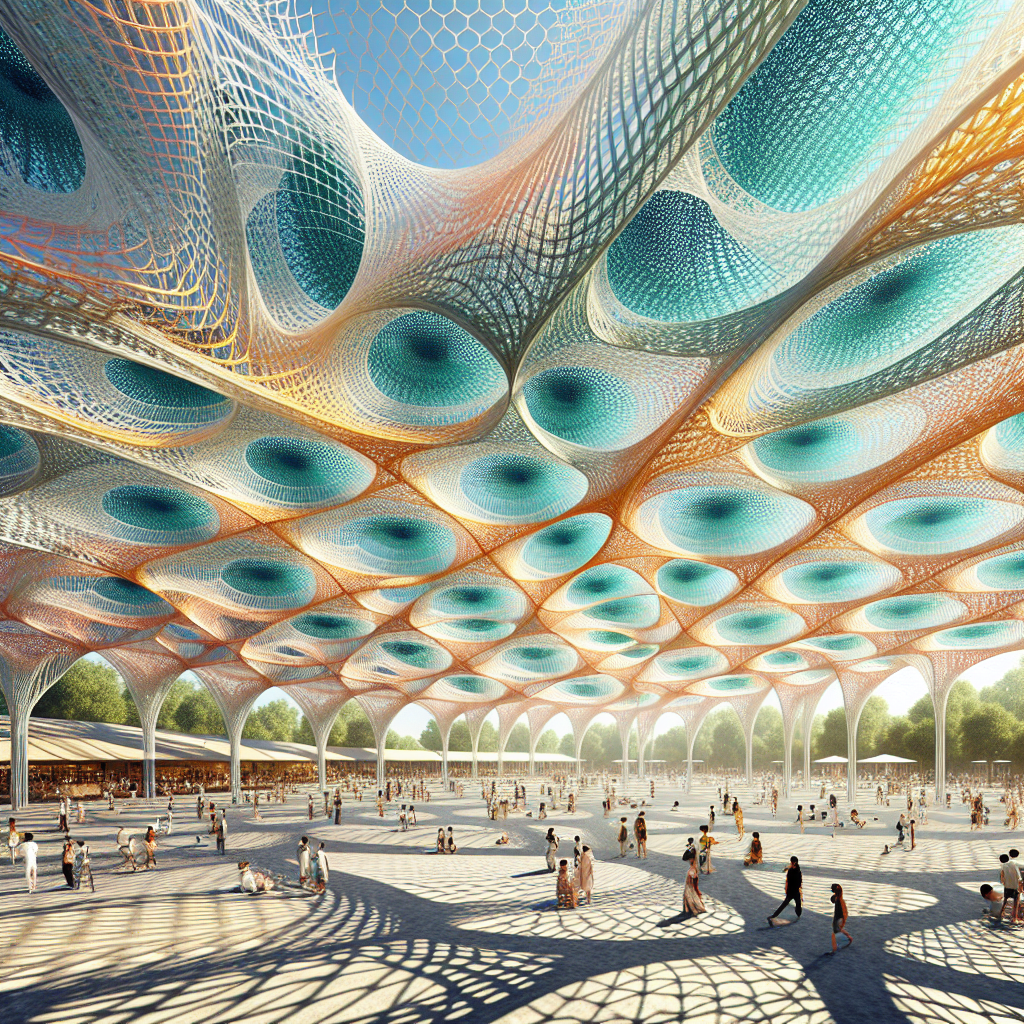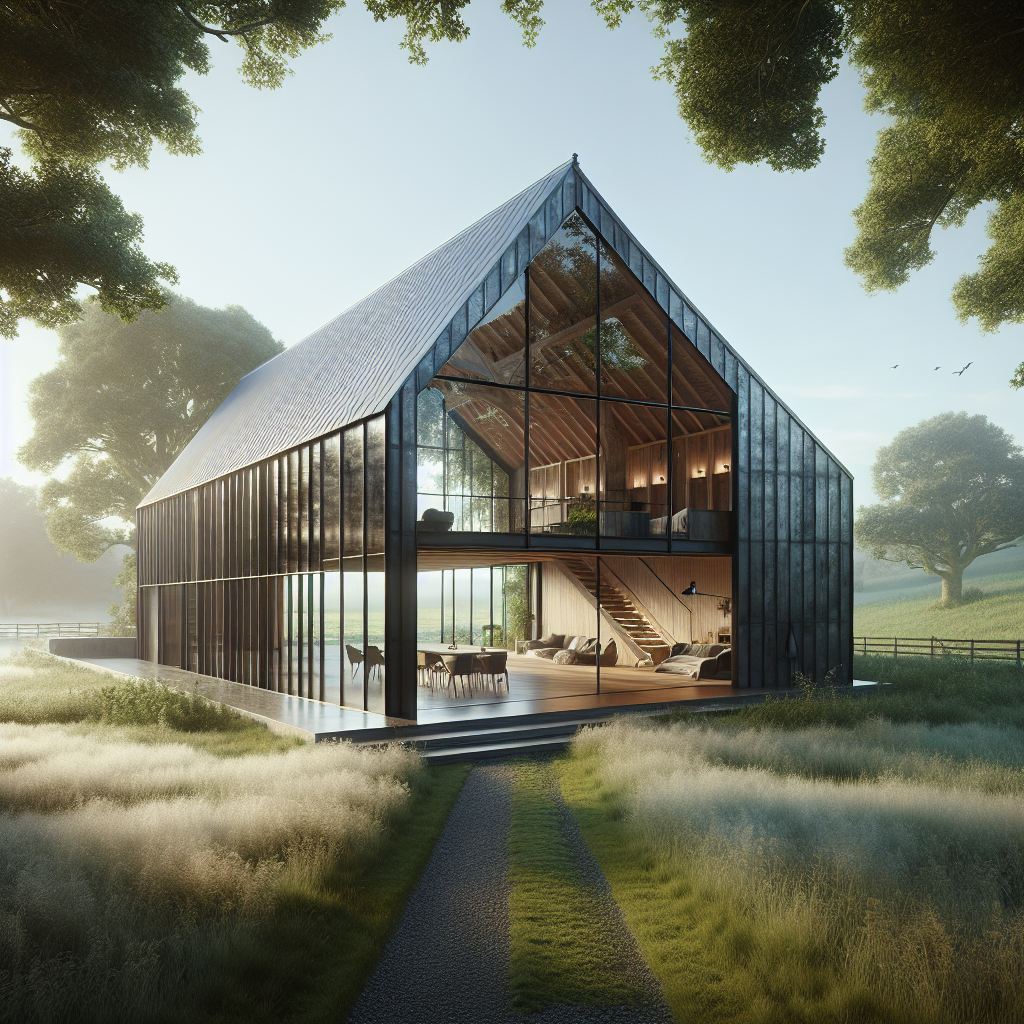Bauhaus in bold neon: crossing minimal shapes with luminous outlines

Bauhaus in Bold Neon: Crossing Minimal Shapes with Luminous Outlines
When Walter Gropius founded the Bauhaus School in 1919, he could scarcely have imagined that, over a century later, his minimalist vision would be reborn in vibrant neon hues. Today, architects and designers worldwide are embracing the fusion of Bauhaus’s iconic geometric simplicity with the bold luminosity of neon lighting, creating spaces that pulse with energy and elegance. This contemporary interpretation, which we might aptly term “Neon Bauhaus”, is reshaping modern interiors and urban landscapes, bridging the gap between historic minimalism and futuristic vibrancy.
The Revival of Bauhaus: A Century-Old Philosophy Meets Modern Innovation
The Bauhaus movement, originating in Weimar, Germany, profoundly impacted architecture, design, and art by advocating for functionality, simplicity, and harmony between form and purpose. As explored in our previous overview of the Bauhaus movement, its influence permeates modern aesthetics, from furniture to typography. Today, designers reinterpret these principles through the lens of contemporary technology, particularly through the dynamic medium of neon lighting.
Neon, with its electrifying colors and ethereal glow, introduces a new dimension to Bauhaus’s disciplined geometry. Designers leverage neon’s unique properties to accentuate minimalist forms, highlighting sharp angles, clean lines, and balanced proportions. The result is a striking visual dialogue between restraint and exuberance, between historical homage and forward-thinking innovation.
Neon Bauhaus in Interior Design: Illuminating Minimalist Spaces
Interior designers have swiftly adopted the Neon Bauhaus aesthetic, creating spaces that blend serene minimalism with captivating luminosity. Imagine a living room where stark white walls and sleek furniture are punctuated by thin neon outlines tracing the edges of shelves, door frames, and ceiling contours. These luminous accents not only emphasize architectural details but also imbue the space with a sense of depth and dynamism.
In a recent residential project in Berlin, interior architects employed neon lighting to transform a traditional Bauhaus-inspired interior into a contemporary masterpiece. The central staircase, a hallmark of Bauhaus functionality, was outlined in a vivid cobalt-blue neon, creating a mesmerizing focal point that seamlessly connects the home’s levels. This integration of neon into structural elements demonstrates how modern lighting can enhance minimalist designs without compromising their inherent simplicity.
Urban Landscapes Transformed: Neon Bauhaus in Public Spaces
Beyond interiors, Neon Bauhaus is reshaping urban environments, breathing new life into public spaces and architectural landmarks. Cities worldwide are witnessing the emergence of neon-infused structures that echo Bauhaus principles while resonating with contemporary sensibilities.
In Tokyo’s bustling Shibuya district, the newly unveiled “Lumina Tower” exemplifies this trend. Designed by renowned architect Kazuo Tanaka, the building features minimalist rectangular forms stacked asymmetrically, each outlined with neon strips that shift colors subtly throughout the night. This dynamic illumination not only enhances the building’s visual appeal but also engages passersby, transforming the urban experience into an interactive spectacle.
Similarly, the upcoming Summer Olympic Games of Paris 2024 have sparked innovative architectural projects throughout the city. One notable example is the renovation of historic Bauhaus-inspired buildings, now adorned with neon accents that pay tribute to both the city’s rich architectural heritage and its vibrant contemporary culture.
Technology and Sustainability: The Future of Neon Bauhaus
Advancements in lighting technology have played a crucial role in the rise of Neon Bauhaus. Traditional neon lighting, while visually striking, posed challenges in terms of energy consumption and environmental impact. Today, however, designers increasingly utilize energy-efficient LED neon alternatives, which replicate the aesthetic qualities of traditional neon while significantly reducing energy usage and environmental footprint.
This shift aligns with broader trends toward sustainability in architecture and design, as explored in our previous article on the path to net-zero for the fields of design and architecture. By embracing LED neon technology, designers can create luminous Bauhaus-inspired spaces that are both visually compelling and environmentally responsible.
Case Study: The Neon Bauhaus Café in Copenhagen
One of the most compelling examples of Neon Bauhaus in commercial interior design is the recently opened Neon Bauhaus Café in Copenhagen. Designed by the Danish studio Lumière & Form, the café seamlessly blends minimalist Bauhaus aesthetics with vibrant neon elements, creating an immersive sensory experience.
The café’s interior features stark concrete walls, geometric furniture, and expansive windows, embodying classic Bauhaus principles. Yet, the space is transformed by neon lighting that outlines furniture edges, bar counters, and even the iconic tubular steel chairs reminiscent of Marcel Breuer’s designs. This playful juxtaposition of minimalist forms and neon luminosity invites patrons into a space that feels simultaneously timeless and contemporary.
Moreover, the café incorporates biophilic design elements, as detailed in our exploration of biophilic design and its impact on human health and well-being. Neon lighting is thoughtfully integrated with lush greenery, creating a harmonious balance between artificial illumination and natural elements, further enhancing the café’s appeal.
The Intersection of Art and Architecture: Neon Bauhaus Installations
Artists and architects alike are exploring the creative potential of Neon Bauhaus through installations that blur the boundaries between art, architecture, and design. These installations often serve as powerful statements, highlighting the enduring relevance of Bauhaus principles in contemporary culture.
At the recent Venice Biennale, artist Sofia Rossi unveiled “Luminous Geometry,” an installation that featured minimalist geometric structures outlined in neon, suspended above reflective pools. The interplay of neon reflections and minimalist forms created an ethereal atmosphere, inviting contemplation on the relationship between light, space, and form.
Such installations underscore the versatility of Neon Bauhaus, demonstrating its capacity to engage audiences on both aesthetic and intellectual levels. By merging historical minimalism with contemporary luminosity, artists and architects are crafting experiences that resonate deeply with modern sensibilities.
Looking Ahead: The Enduring Appeal of Neon Bauhaus
As designers continue to explore the possibilities of Neon Bauhaus, its influence is poised to expand further into diverse realms of architecture and design. From residential interiors to urban landmarks, from commercial spaces to artistic installations, the fusion of Bauhaus minimalism and neon vibrancy offers endless creative potential.
Moreover, as technology evolves, innovations such as augmented reality and digital fabrication, as discussed in our article on augmented reality as the new frontier in design innovation, will likely intersect with Neon Bauhaus aesthetics, pushing the boundaries of design even further.
Ultimately, Neon Bauhaus represents more than a mere stylistic trend; it embodies a profound dialogue between past and present, simplicity and complexity, tradition and innovation. By illuminating minimalist forms with bold neon outlines, designers are not only paying homage to Bauhaus’s enduring legacy but also charting a luminous path toward the future of architecture and design.
As we continue to witness the captivating evolution of Neon Bauhaus, one thing remains clear: the harmonious marriage of minimal shapes and luminous outlines will continue to inspire, engage, and transform our built environments for years to come.
